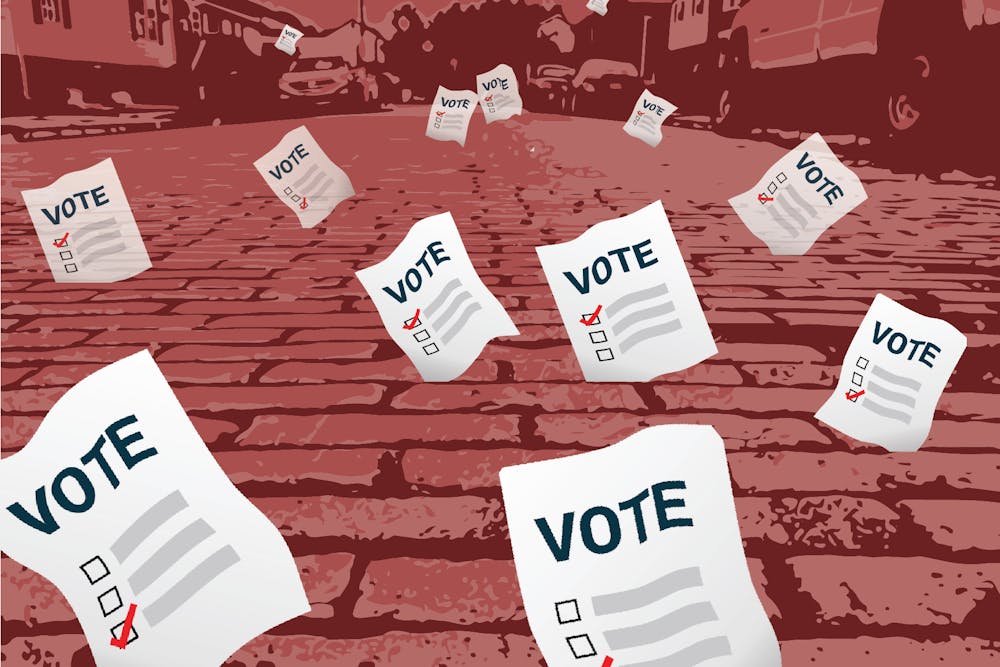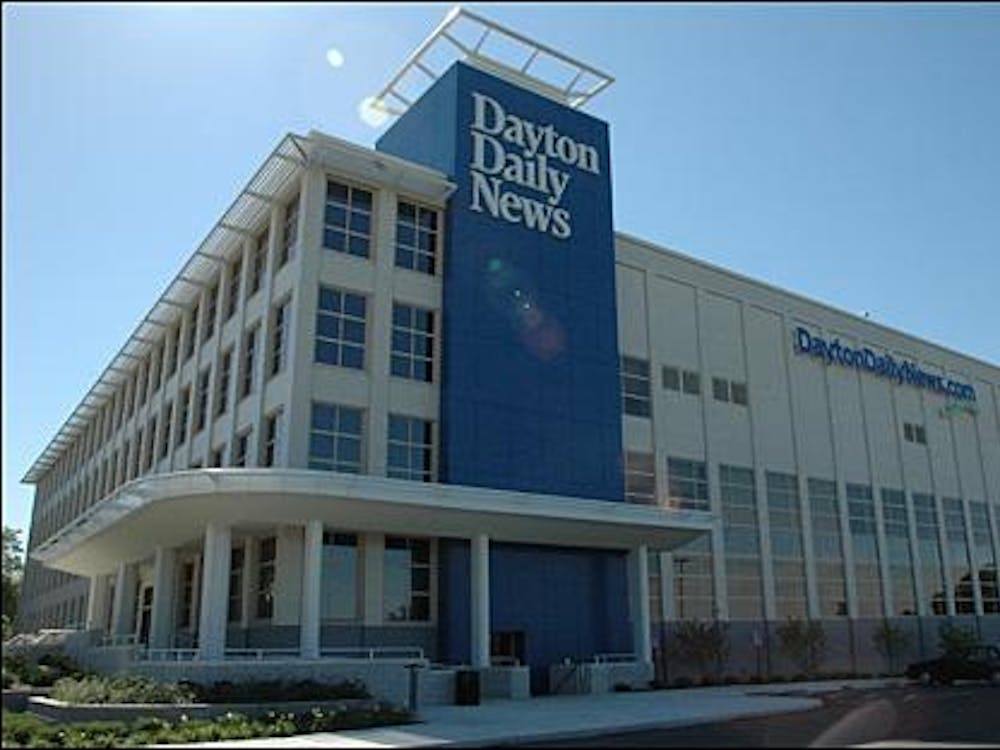I quickly mute the TV when I hear the call ring on my computer. The clock is ticking until our next president is announced. It’s my first data input of the night and I’m nervous. On the other end of the line is a reporter from Georgia. I answer.
“Associated Press Elections, this is Lauren. What is your reporting unit number?”
I read the county on my screen and ask the reporter to confirm they’re updating vote counts. They confirm.
“How many votes do you have for Donald Trump?” “How many votes for Kamala Harris?” It was the first presidential election I could vote in, and here I was, typing in data used to name the next leader of our country.
I am a vote data entry operator for The Associated Press (AP).
At 12:58 a.m., Georgia turns red. By 2:25 a.m., Donald Trump makes his acceptance speech.
Since 1848, AP has been tabulating elections. The Washington Post, National Public Radio and other media organizations refer to AP’s data reporting on election day.
Before you ask, no. I don’t have a background in computer science or data analytics. Ironically, I’m awful at math. Before hearing about this position through an email sent to Miami University’s Media, Journalism and Film Department students, I had little knowledge of what unraveled behind the scenes on election night. All I knew was people cast a vote at polling locations. These votes are counted and then, as if by magic, they’re reported on the news.
But what happens between the votes being counted and the results being broadcast? How do you keep track?
The AP Elections Team wanted students with customer service experience. It was the only time I’ve ever had a white-collar employer value these skills. Having worked as a cashier at the Smithsonian National Zoo and three years at Walmart, I had plenty. By early October I received confirmation of my position and the upcoming training schedule.
Within a month, I learned how to input vote tabulations. In state counties, there are precincts. These are places where people come in person to cast their ballots. At each precinct, stringers (freelance reporters) collect results directly from local authorities. Then they call a phone vote entry operator to put in their numbers (my position). Simultaneously, web scrapers are scouring the internet for updates to input in the system as well.
I received these calls through Amazon Connection. Yes, Jeff Bezos not only invests in space exploration and an e-commerce platform, but also a computer calling system specifically used for elections. Anyway, I would input the vote counts in 1848, an AP system that records the results of each race in these counties. My night started at 9 p.m., with an energy drink in hand and the news on my TV. About every 30 minutes, I would hear updates from a new voice. They would list sets of numbers I had to repeat aloud to ensure accuracy. Texas, California, Georgia, Iowa, Montana and several other states were on my coverage list.
Enjoy what you're reading?
Signup for our newsletter
The biggest issue was Amazon Connect failing to connect calls. Many operators struggled with the same problem, receiving a red error message and calls not coming through. This might’ve been because 13 tabs were open on our windows and operators needed to navigate multiple pages. However, a simple refresh would fix it.
At 1 a.m., I had a stringer making their first and final call of the night. On average, inputting the numbers would only take 15 minutes. This time, it was about 30 because of the warnings from the system which required supervisor initials.
It wasn’t usual for the first call from a stringer to be their final one. Slack was utilized to communicate these warnings to our leadership. The stringer was exhausted. They asked to send a photo of the vote tallies; an offer I couldn’t accept because the information was confidential.
There were only a few tedious moments throughout the night. Overall, calls were handled quickly.
While the election was called for Donald Trump by some news sources at 4 a.m., my shift didn’t end until 5 a.m. Three energy drinks, eight hours and a bag of low-sodium potato chips later, I logged off.
Though exhausting, my experience on election night was a rare chance to see the gears of democracy in motion. I watched the news as each county’s numbers came in and knew I played a role in the data presented. It gave me a new perspective.
Being part of the AP team revealed the immense effort behind reporting each election. The dedication to accuracy reflects why we do it — to uphold the integrity and trust of an entire nation. I am proud to have contributed to that process.
Lauren Kelley is a senior double majoring in strategic communication and individualized studies, with a double minor in film and political science. While being a contributing writer for The Student, she is also an assistant producer for the award-winning Miami podcast, Major Insight, and a senior advisor for the Office of ASPIRE.




